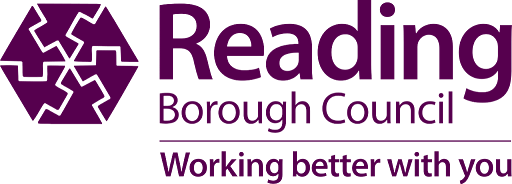Increase in Pupils Offered First Choice Primary Schools
ALMOST 93 per cent of children were offered places at their first or second preference primary schools in Reading this year.
Just over 84 per cent of applicants (1,767 pupils) were offered their first preference school compared with 77.5 per cent (1,751 pupils) last year. Second preference places were offered to 8.8 per cent of children and third choice places to 2.47 per cent. The proportion of children who were not offered places at one of their preferred schools fell from 6.2 per cent in 2017 to 3.62 per cent this year. There were 2,102 applications from Reading families for primary school places this year compared with 2,254 last year. The decrease in numbers was expected, as it was a low birth rate year, but more places will still be required for future years. A total of 145 students required infant to junior school transfers, which is only required in two Reading schools, and 99.3 per cent of on-time applicants were offered their first choice. All applicants who wished to stay in their current school were offered a place.Cllr Tony Jones, Reading’s Lead Councillor for Education, said:
“I am delighted we have been able to offer so many children one of their preferred choices of primary school in Reading this year. “Birth rates fluctuate from year to year but we are expecting to see demand for primary school places grow in the years ahead. The Council completed a £61m primary school expansion programme last year which created 2,500 extra places and we need to ensure we are prepared for increases in future years.”The allocations for primary school places for September 2018:
1st preference: 84.02% (1,767 pupils) – 77.5% in 2017 2nd preference: 8.8% (185 pupils) – 10.10% in 2017 3rd preference: 2.47% (52 pupils) – 3.81% in 2017 4th preference: 1.05% (22 pupils) – 2.17% in 2017 Diverts (no preference offered): 3.62% (76 pupils) – 6.2% in 2017